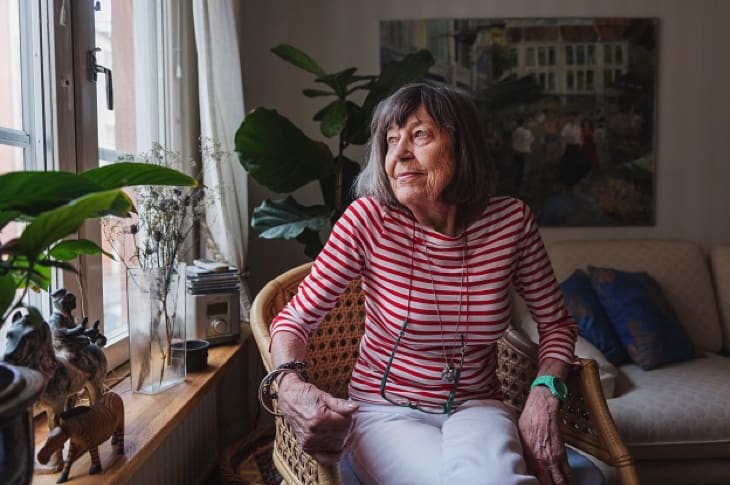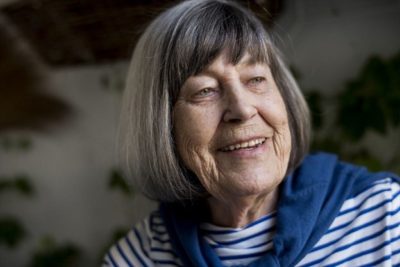
As humans strive to be the best possible versions of themselves, they are realizing more and more that what their house looks like and what they own is not only the result of who they are but can also be a major cause. While being materialistic is often pointed to as a negative characteristic to have, the bleak reality is that most humans are fond of materials, even when they don’t need them.
To combat this and to prevent homes from becoming cess pools for unused but spacious items, decluttering techniques have emerged in recent years to help humans strategically rid themselves of unnecessary items. Among the most popular are the KonMari technique, which asks people to question each item to determine if it “sparks joy,” and minimalism, which promotes owning as few items as possible in order to make room for our passions.
So it’s no surprise that a new technique is making it’s way to the U.S., however the name of the strategy is rather alarming; Stockholm artist and author Margareta Magnusson coined the term “Swedish Death Cleaning” in her book, which will be released this upcoming January in the states.
While it may sound incredibly morose or even extreme, death cleaning is actually a compassionate act. One major premise is that if your family doesn’t want your stuff when you’re alive, they definitely won’t want it when you’re dead. As a result, people should take responsibility for their belongings while they are still alive by purging themselves of unnecessary items. This way, their family will have less of a hard time cleaning out their house once they’re dead.

This concept of decluttering before you die is called “dostadning” in Swedish, which combines the words for death and cleaning. In the Swedish culture, it is not uncommon to hear that someone is death cleaning and it’s certainly not a taboo topic.
“My parents and their friends are death cleaning, and we all kind of joke about it,” said Karin Olofsdotter, the Swedish ambassador in the United States. “It’s almost like a biological thing to do.”
Her parents are in their 80s, and Olofsdotter said that the Swedish way of living is to be independent and not be a burden to anyone, so death cleaning is a natural extension of this. Magnusson suggests that people begin death cleaning around age 65 and make it a continual process throughout the rest of their life. The philosophy can even prevent people from buying more things going forward, though there are no hard and fast rules about what is appropriate and what is not.
So what does Magnusson suggest in terms of the process? She says not to start with photographs because you’ll get bogged down in memories and never accomplish anything. It’s better to start somewhere like your bathroom or the closet. Keeping a book of passwords is helpful for heirs, and giving away nice items you own as gifts is a great way to rid yourself of items. Making a separate box of items that only matter to you can also be done, as long as it’s labeled to be tossed after death. Just keep in mind what your family would and would not want to trudge through when going through your home while death cleaning. Another important component of death cleaning is talking about death cleaning. The more awareness is raised about such a process, the less taboo it will be in places that look at death as a touchy subject.


